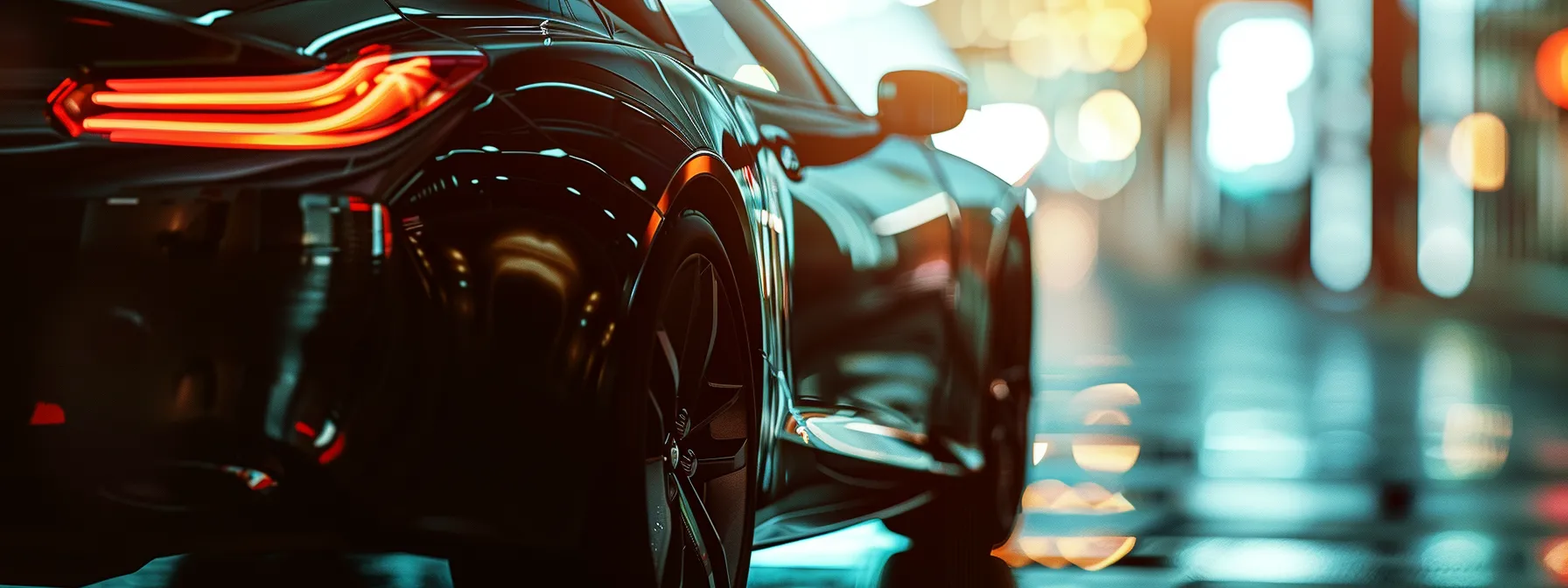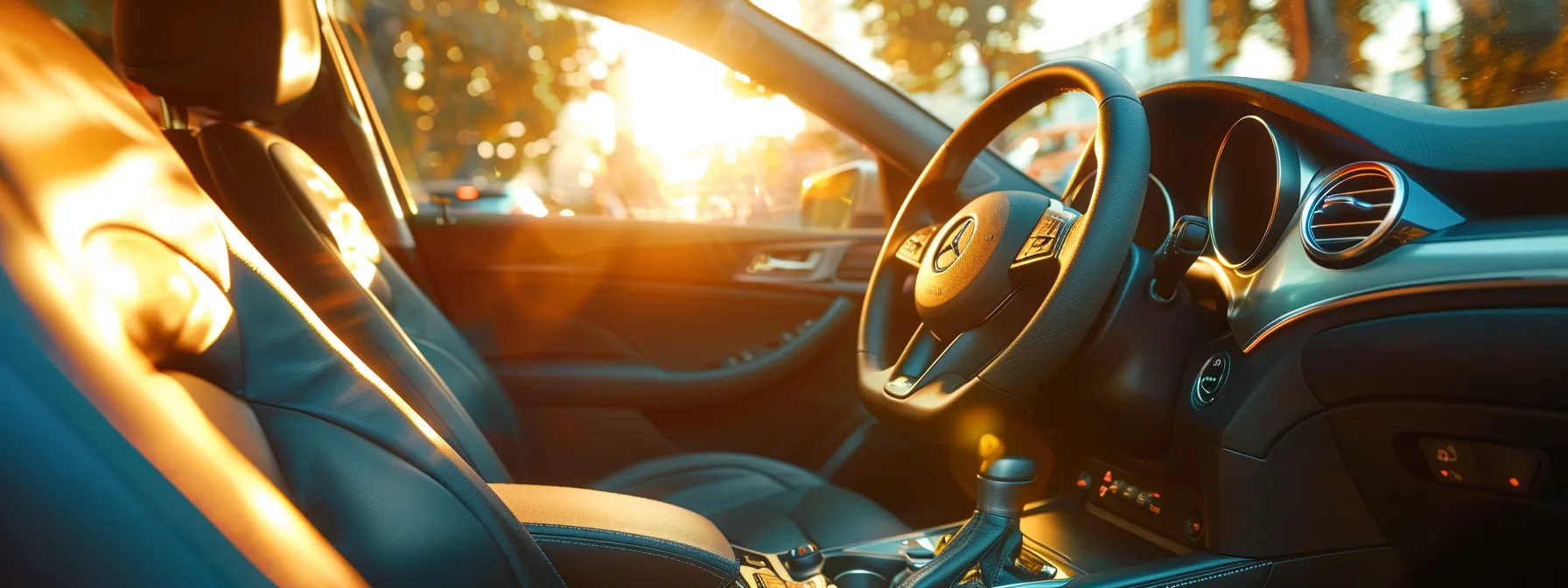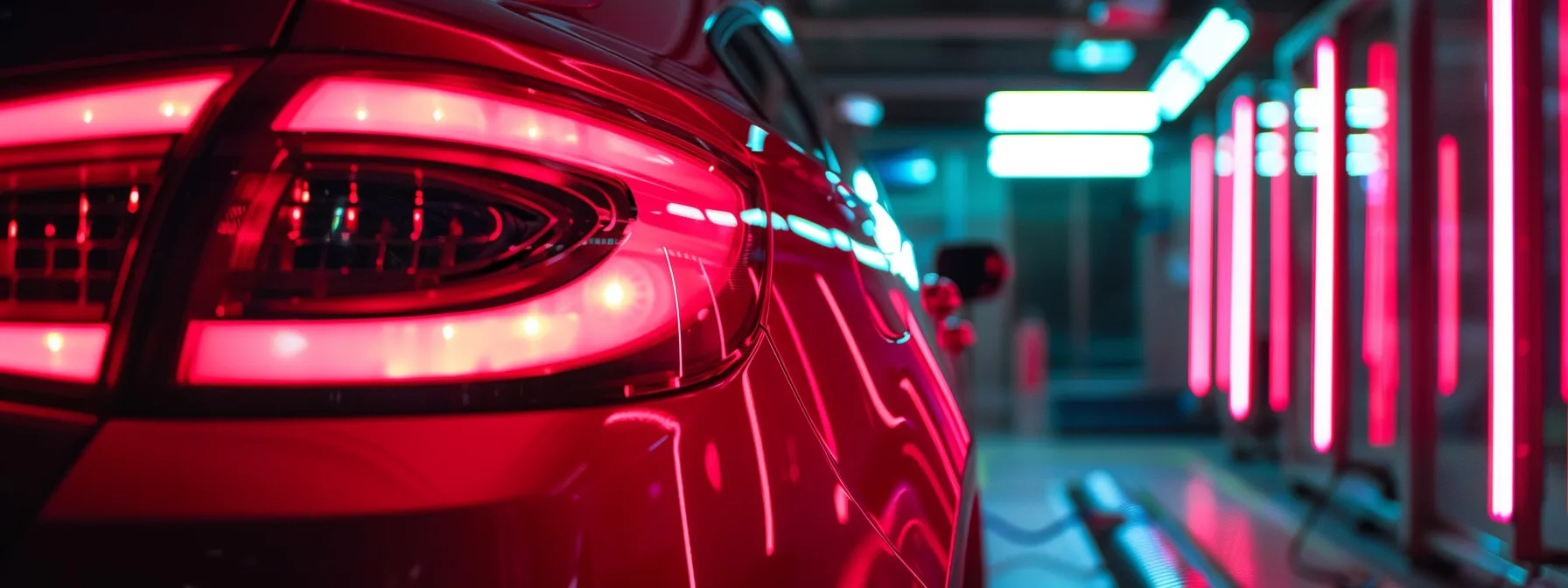As car owners, we’re often warned about the mechanical wear and tear that can affect the lifespan of our vehicles. However, an often overlooked threat is the damage caused by the sun’s UV rays. Prolonged exposure to UV radiation can severely impact both the exterior and interior of your car, leading to faded paint, cracked upholstery, and compromised structural integrity. Understanding the potential harm and implementing protective measures can maintain your vehicle’s condition and value. Below, we delve into the science behind UV damage to cars and offer solutions to safeguard your prized possession.
Protecting Your Car’s Paint from UV Rays
One of the primary defenses against UV damage to your car’s paint is regular washing and waxing. A clean car not only looks better but also prevents dirt and grime from holding onto the paint, which can compound the effects of UV exposure. Waxing adds a protective layer that can reflect some of the UV rays, providing an additional barrier to your car’s finish.
Using a high-quality sealant or a ceramic coating can offer a more durable form of protection than traditional waxing. These coatings bond with the paint at the molecular level, creating a hard shell that is more resilient to UV rays as well as environmental pollutants. This can significantly extend the life of your car’s paint job.
For those times when your vehicle is parked outdoors, using car covers is an effective way to provide UV protection. A cover acts like a sunscreen for your car, not only shielding the paint but also all of the exterior parts, from the damaging effects of the sun. It’s a simple and efficient solution to keep your vehicle looking its best.
The Role of Window Tinting in UV Defense

Despite common misconceptions, not all window tints are created solely for aesthetic purposes or privacy. Many tints are specifically designed to block a significant portion of the sun’s UV rays, protecting the car’s interior from sun damage. It is important, however, to choose a high-quality tint and ensure it is applied correctly to achieve optimal UV protection.
Legislation on window tinting varies by state, so it’s essential to be aware of the regulations in your area to remain compliant. Some states have restrictions on the darkness of the tint or which windows can be treated. Even with these constraints, there are clear tints available that can block UV rays without significantly altering the appearance of your car’s windows.
In addition to UV protection, window tinting can reduce glare and heat buildup inside the vehicle, enhancing comfort for passengers. It’s a multifaceted solution that not only contributes to preserving the car’s interior but also improves the driving experience.
UV Protection for Car Interiors: Preserving Resale Value

The condition of a car’s interior plays a pivotal role in determining its resale value. Vehicles with well-preserved interiors tend to fetch higher prices on the used car market. Using windshield sun protectors while the car is parked can dramatically reduce the amount of UV light that enters through the windshield, protecting the dashboard and front seats from direct exposure.
Investing in quality seat covers is another proactive step. Seat covers not only guard against UV damage but also offer protection from spills and wear and tear. Opting for UV-resistant materials will ensure the longevity and aesthetics of your car’s seating.
Caring for the interior also involves regular cleaning and conditioning, particularly for leather components which can dry out and crack over time. Using products designed with UV protectants can add a layer of defense against the harsh effects of the sun.
Innovative Products and Practices for Complete UV Shielding

Auto manufacturers and after-market companies continue to innovate with products designed to protect cars from UV damage. Among these products, UV-protective films can be applied to headlights, taillights, and other vulnerable parts of the car to maintain their clarity and functionality. These films are typically clear and do not alter the vehicle’s appearance.
In the realm of paint protection, technology has moved beyond simple waxes and sealants to more advanced polymer and ceramic coatings. These substances provide not only UV resistance but also water repellency and resistance to scratches, making them a comprehensive solution for exterior vehicle care.
Overall, the necessity of UV protection for your vehicle cannot be overstated. A combination of good practices and the use of innovative products form the bedrock of diligent car care. By making informed choices and maintaining a regular protective routine, the effects of UV damage can be minimized, ensuring your car retains its value and remains in pristine condition for the long haul.



